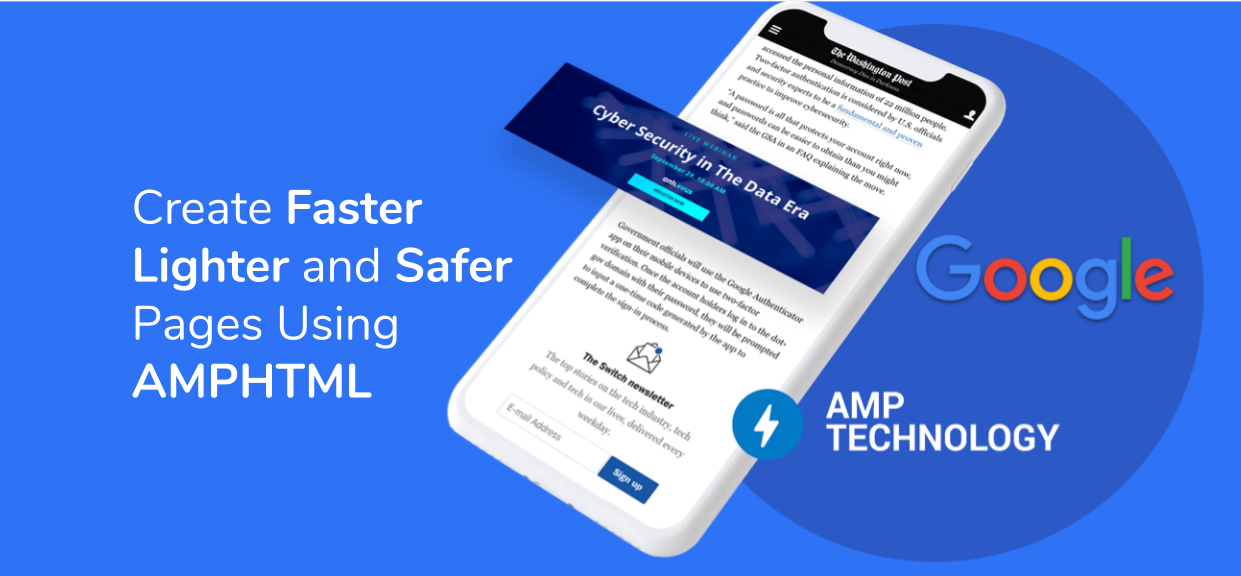
Las páginas HTML de AMP no admiten la etiqueta img estándar , utilizamos el componente amp-img para insertar imágenes en las páginas HTML de AMP. El componente amp-img no requiere que se incruste una secuencia de comandos en el encabezado, ya que se trata del tiempo de ejecución de amp.
Script requerido: amp-img es un elemento integrado, por lo que se importa automáticamente a través del tiempo de ejecución de AMP.
HTML
<script async src= "https://cdn.ampproject.org/v0.js"> </script>
Atributos:
- src: especifica la URL o la ruta de la imagen que se va a incrustar.
- tamaños: define el tamaño de la consulta de medios, esto solo se puede usar cuando el atributo rel = «icono».
- atribución: Esta es una string que representa la atribución de la imagen.
- altura: Define la altura de la imagen.
- ancho: Define el ancho de la imagen.
Ejemplo:
HTML
<!doctype html>
<html ⚡>
<head>
<meta charset="utf-8">
<title>Google AMP amp-img</title>
>
<script async src=
"https://cdn.ampproject.org/v0.js">
</script>
<link rel="canonical" href=
"https://amp.dev/documentation/examples/components/amp-img/index.html">
<meta name="viewport" content=
"width=device-width,minimum-scale=1,initial-scale=1">
<style amp-boilerplate>
body {
-webkit-animation: -amp-start 8s
steps(1, end) 0s 1 normal both;
-moz-animation: -amp-start 8s
steps(1, end) 0s 1 normal both;
-ms-animation: -amp-start 8s
steps(1, end) 0s 1 normal both;
animation: -amp-start 8s
steps(1, end) 0s 1 normal both
}
@-webkit-keyframes -amp-start {
from {
visibility: hidden
}
to {
visibility: visible
}
}
@-moz-keyframes -amp-start {
from {
visibility: hidden
}
to {
visibility: visible
}
}
@-ms-keyframes -amp-start {
from {
visibility: hidden
}
to {
visibility: visible
}
}
@-o-keyframes -amp-start {
from {
visibility: hidden
}
to {
visibility: visible
}
}
@keyframes -amp-start {
from {
visibility: hidden
}
to {
visibility: visible
}
}
</style>
<noscript>
<style amp-boilerplate>
body {
-webkit-animation: none;
-moz-animation: none;
-ms-animation: none;
animation: none
}
</style>
</noscript>
<style amp-custom>
amp-img>div[fallback] {
display: flex;
align-items: center;
justify-content: center;
background: #f2f2f2;
border: solid 1px #ccc;
}
</style>
</head>
<body>
<!-- A simpler esponsive image-->
<amp-img src=
"https://media.geeksforgeeks.org/wp-content/cdn-uploads/20200817185016/gfg_complete_logo_2x-min.png"
width="1080" height="610"
layout="responsive" alt="AMP">
</amp-img>
<!--shows a `fallback` in case the
image couldn't be loaded. -->
<amp-img src="does-not-exist.jpg"
width="300" height="100"
layout="responsive"
alt="a non-existent image">
<div fallback>offline</div>
</amp-img>
<amp-img src=
"https://media.geeksforgeeks.org/wp-content/uploads/resize1-1.png"
width="475" height="268"
layout="responsive" alt="AMP">
<noscript>
<img src="/static/samples/img/amp.jpg"
width="475" height="268" alt="AMP">
</noscript>
</amp-img>
</body>
</html>
Producción:
Publicación traducida automáticamente
Artículo escrito por somsagar2019 y traducido por Barcelona Geeks. The original can be accessed here. Licence: CCBY-SA
